Rising Demand for Energy Efficiency
The roofing tiles market is experiencing a notable increase in demand for energy-efficient solutions. Homeowners and builders are increasingly prioritizing materials that contribute to energy savings, particularly in the context of rising energy costs. Energy-efficient roofing tiles can significantly reduce heating and cooling expenses, appealing to environmentally conscious consumers. According to recent data, energy-efficient roofing solutions can lower energy consumption by up to 30%. This trend is likely to drive innovation within the roofing tiles market, as manufacturers seek to develop products that meet these energy efficiency standards while maintaining aesthetic appeal.
Growing Awareness of Aesthetic Appeal
The roofing tiles market is increasingly influenced by consumer preferences for aesthetic appeal in roofing solutions. Homeowners are becoming more discerning about the visual aspects of their roofs, seeking tiles that complement their architectural styles. This trend is prompting manufacturers to offer a wider variety of colors, textures, and designs. In 2025, it is estimated that aesthetic considerations will account for nearly 40% of consumer decision-making in roofing tile purchases. As a result, the roofing tiles market is expected to evolve, with manufacturers focusing on design innovation to meet the diverse tastes of consumers.
Technological Innovations in Roofing Materials
The roofing tiles market is witnessing a wave of technological innovations that enhance the performance and durability of roofing materials. Advancements in manufacturing processes and materials science are leading to the development of tiles that are more resistant to weather conditions, UV radiation, and wear. For example, the introduction of lightweight composite materials is gaining traction, as they offer improved durability without compromising on aesthetics. These innovations not only improve the lifespan of roofing tiles but also appeal to consumers looking for long-term value. As a result, the roofing tiles market is likely to see increased adoption of these advanced materials.
Increased Investment in Residential Construction
The roofing tiles market is benefiting from a surge in residential construction activities across the United States. As the housing market continues to recover, there is a heightened demand for quality roofing materials, including tiles. In 2025, the residential construction sector is projected to grow by approximately 5%, leading to increased sales in the roofing tiles market. This growth is driven by factors such as low mortgage rates and a growing population, which necessitate new housing developments. Consequently, manufacturers are likely to ramp up production to meet the rising demand for roofing tiles in new residential projects.
Regulatory Support for Sustainable Building Practices
The roofing tiles market is influenced by a growing body of regulations aimed at promoting sustainable building practices. Various state and local governments are implementing policies that encourage the use of eco-friendly materials, including roofing tiles. These regulations often provide incentives for builders and homeowners to choose sustainable options, thereby increasing the market share of environmentally friendly roofing products. For instance, tax credits and rebates for energy-efficient home improvements can enhance the attractiveness of sustainable roofing tiles. This regulatory support is expected to bolster the roofing tiles market as it aligns with broader sustainability goals.


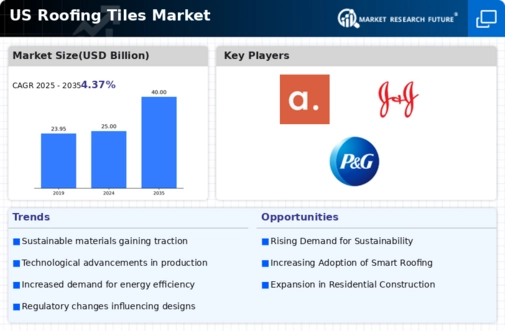

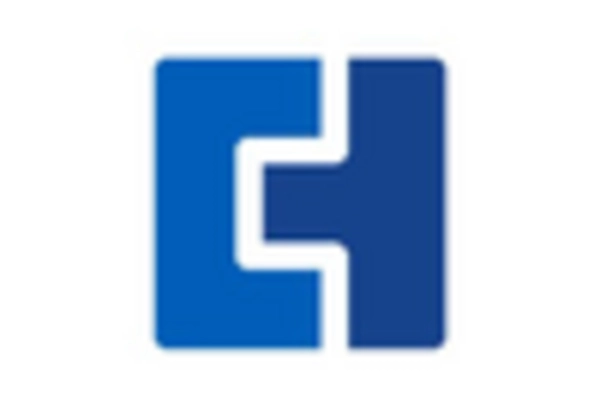
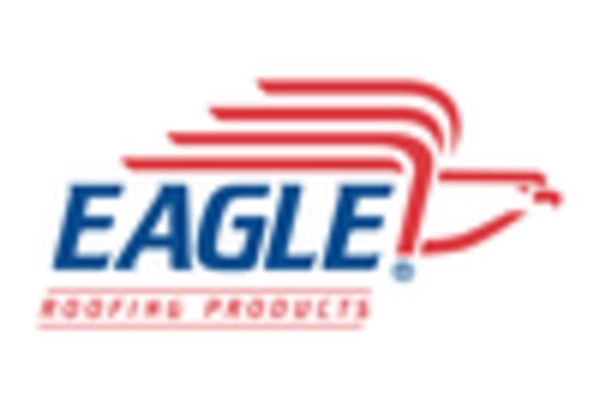
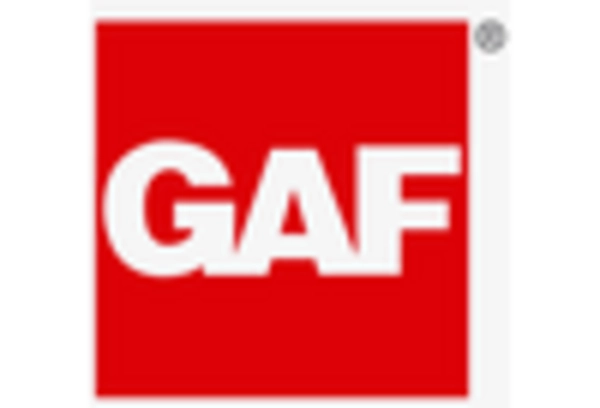
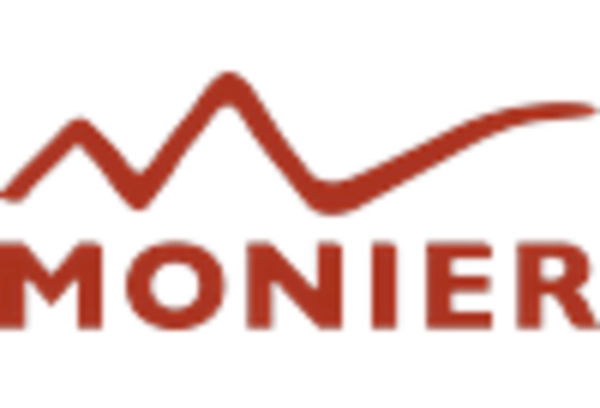
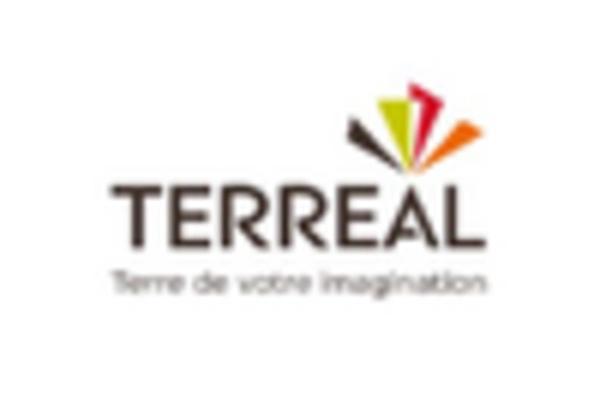








Leave a Comment